How Social Media Is Reshaping the News Landscape
The Reuters Institute has published its Digital News Report 2025 - with key takeaways for brands as social media overtakes traditional news and reshapes how audiences engage with content.
July 30, 2025
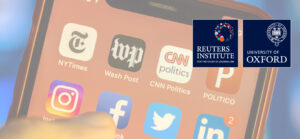
In 2025, the news media is experiencing a transformation as seismic as the shift from print to broadcast. The latest Digital News Report from the Reuters Institute paints a compelling picture of this media evolution, revealing that social media platforms – especially video-based ones – are overtaking traditional news sources as the primary gateway to current events, particularly for younger audiences.
The headline figure is stark: In the United States, more people now access news through social media and video networks (54%) than through television (50%) or news websites/apps (48%) – a reversal of the longstanding media hierarchy. This tipping point, long anticipated, has been accelerated by political, technological, and cultural currents that favor personalization, immediacy, and visual engagement over conventional formats.
Personalities Over Publishers
Driving this shift is the rise of personality-led media. Creators like Joe Rogan, Tucker Carlson, and France’s Hugo Travers (HugoDécrypte) are reaching audiences that legacy outlets struggle to capture. Among U.S. respondents, 22% had encountered Rogan’s commentary in the week following the most recent presidential inauguration. His reach, particularly among young men, rivals or exceeds that of major broadcast anchors.

One of the most notable signs of this transition in the influencer-driven news ecosystem is the evolution of Rogan’s biggest competitor in the landscape, Alex Cooper, host of Call Her Daddy. Once known for its provocative, sex-positive tone, the podcast has matured into a cultural force that now embraces serious political dialogue as well.
Cooper’s interview with Vice President Kamala Harris, followed by a short-form documentary on the implications of the Roe v. Wade reversal, marked a deliberate pivot toward political relevance. This move reflects a broader trend documented in the Digital News Report: the rise of personality-led platforms not just as entertainment, but as substantive sources of news and commentary. As younger audiences increasingly bypass traditional outlets – 54% of 18-24-year-olds now cite social or video platforms as their main news source – figures like Cooper are redefining what credible news engagement looks like in a platform-native media landscape.
What these influencers offer is not just a different format but a different relationship to the news itself. Their content blends commentary, entertainment, and identity politics, often bypassing editorial scrutiny. In many markets, they are not just alternative voices – they are the primary voices shaping public discourse, wielding significant influence not only as drivers of consumer behavior for brands but also as trusted guides for their audiences in navigating complex social and political issues.
The Visual Turn
The report highlights a decisive pivot toward video. Across all markets, the share of people consuming social video for news has jumped from 52% in 2020 to 65% in 2025. Traditional TV news is in steep decline, particularly in markets like Japan and France, where weekly reach has fallen to 50% and 59% respectively.
Platforms like TikTok and YouTube are central to this trend. In countries like Thailand, Malaysia, and Kenya, TikTok’s penetration for news exceeds 40%, with creators like “Pond on News” building massive followings through short, engaging explainers. YouTube continues to dominate in places like India, where creators like Dhruv Rathee and Ravish Kumar command millions of subscribers and substantial influence.
Even in European countries with robust public broadcasters, generational divides are apparent. Under-35s in Germany, the UK, and Norway are significantly more likely to prefer watching or listening to news over reading it – a trend that points to a long-term structural shift in content consumption.
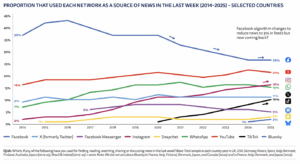
Fragmentation and Algorithmic Influence
The report identifies a proliferation of platforms now distributing news content – Facebook, YouTube, Instagram, WhatsApp, TikTok, and even X (formerly Twitter) – with each catering to distinct audience segments. Importantly, these platforms are not just conduits for mainstream journalism but are becoming ecosystems in which alternative narratives flourish.
This fragmentation complicates the public’s ability to discern credible information. Nearly half of respondents (47%) identify online influencers as a major source of misinformation, on par with national politicians. Yet, paradoxically, these same influencers are where many now turn for insight, especially in environments where press freedom is constrained or trust in institutions is low.
Trust vs. AI
Despite the accelerating shift toward social platforms and algorithm-driven media, trust in traditional news institutions remains a vital constant. When asked where they go to verify information, most respondents still name legacy media outlets and government sources – indicating that, even as their reach narrows, these institutions continue to serve as the backbone of public credibility.
However, the landscape is evolving rapidly, particularly among younger audiences. Tools that were once seen as fringe – AI chatbots and personalized news feeds – are gaining meaningful traction. Among 18–24-year-olds, 15% now use AI tools for news on a weekly basis, more than double the global average of 7%. This signals a generational pivot toward immediacy and customization over editorial hierarchy.
To contextualize this, the Reuters Institute’s 2024 report found that 52% of Americans were uncomfortable with news produced “mostly by AI with some human oversight,” while only 23% expressed comfort with the idea. That contrast underscores a central tension: younger users are increasingly open to AI-enhanced experiences, even as the broader public remains wary of ceding editorial judgment to machines.
This puts publishers in a strategic bind. On one hand, they must adopt AI and embrace short-form video to remain visible in a fractured media ecosystem. On the other, they risk undermining the very trust that distinguishes their brands. While audiences are receptive to AI-assisted features – such as language translation, content summarization, and personalized recommendations – they draw a hard line at full automation, especially in politically sensitive contexts.
This tension encapsulates a defining challenge of the platform era: audiences crave speed, relevance, and accessibility, but they still rely on institutions that pair technological innovation with human editorial judgment. For now, the path forward seems clear – AI should be deployed to augment, not replace, the journalistic process. Trust, after all, is not algorithmic – it’s earned.
Takeaways
For brand strategists and marketers, these trends underscore the need to think of news not as a channel, but as a cultural medium that is increasingly visual, conversational, and distributed. The rise of creators-as-journalists opens opportunities for partnership and placement – but requires careful vetting and ethical clarity.
Moreover, platforms like TikTok and YouTube are no longer secondary channels for campaigns – they are now the front page for millions. Brands seeking cultural relevance must tailor messaging to these formats, engage with creator ecosystems, and design for visual fluency and shareability.
In short, the media future is already here – it’s visual, it’s social, and it’s powered by personalities rather than publishers. Traditional news outlets may still carry the banner of authority, but influence has migrated to the algorithmically sorted, attention-driven worlds of social media.
Latest News ☕
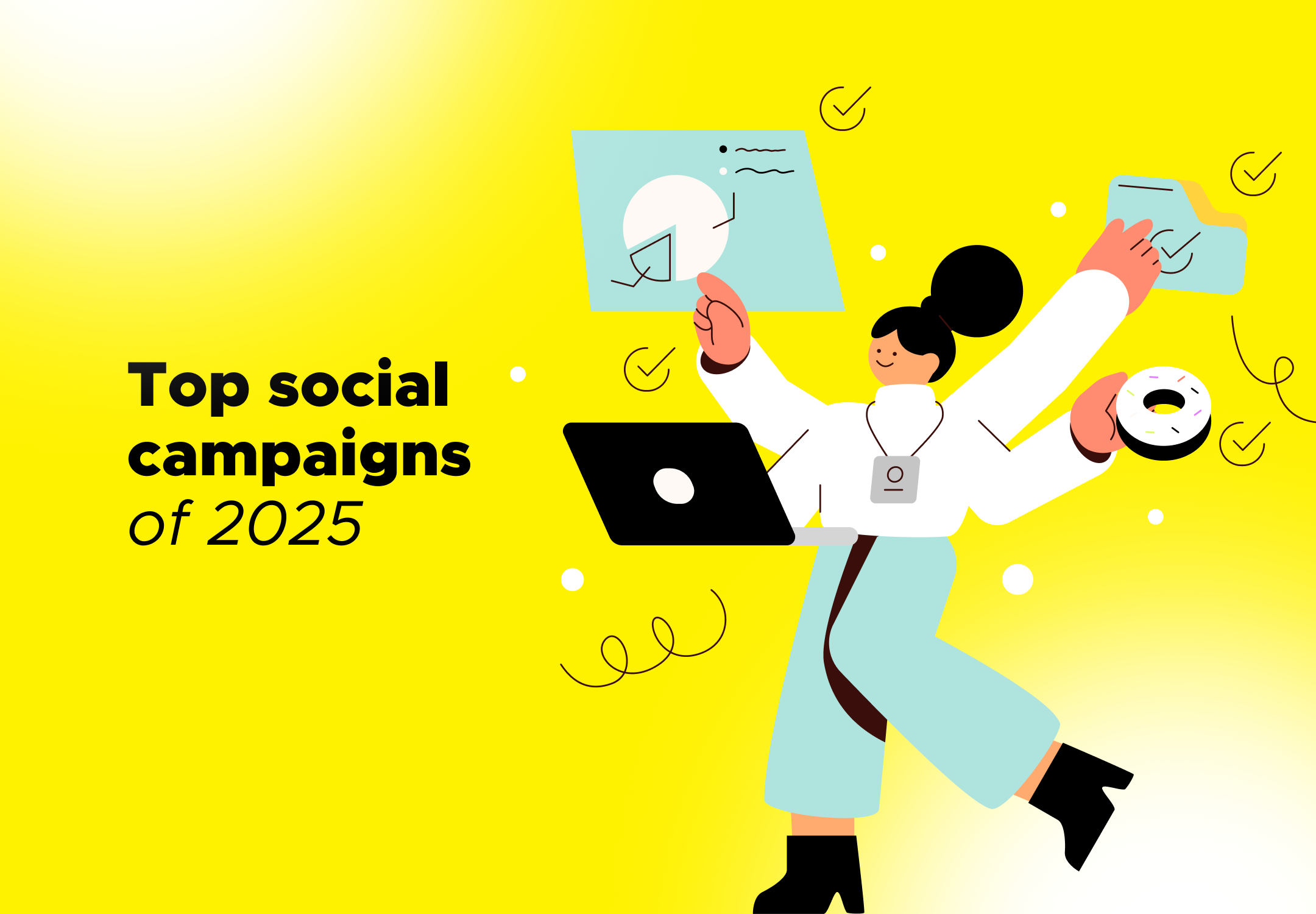
The top 10 breakthrough marketing moments of 2025 that stopped the scroll
December 10, 2025
The best brand campaigns of 2025 stopped the scroll. From Spotify Wrapped and Apple's alwa...
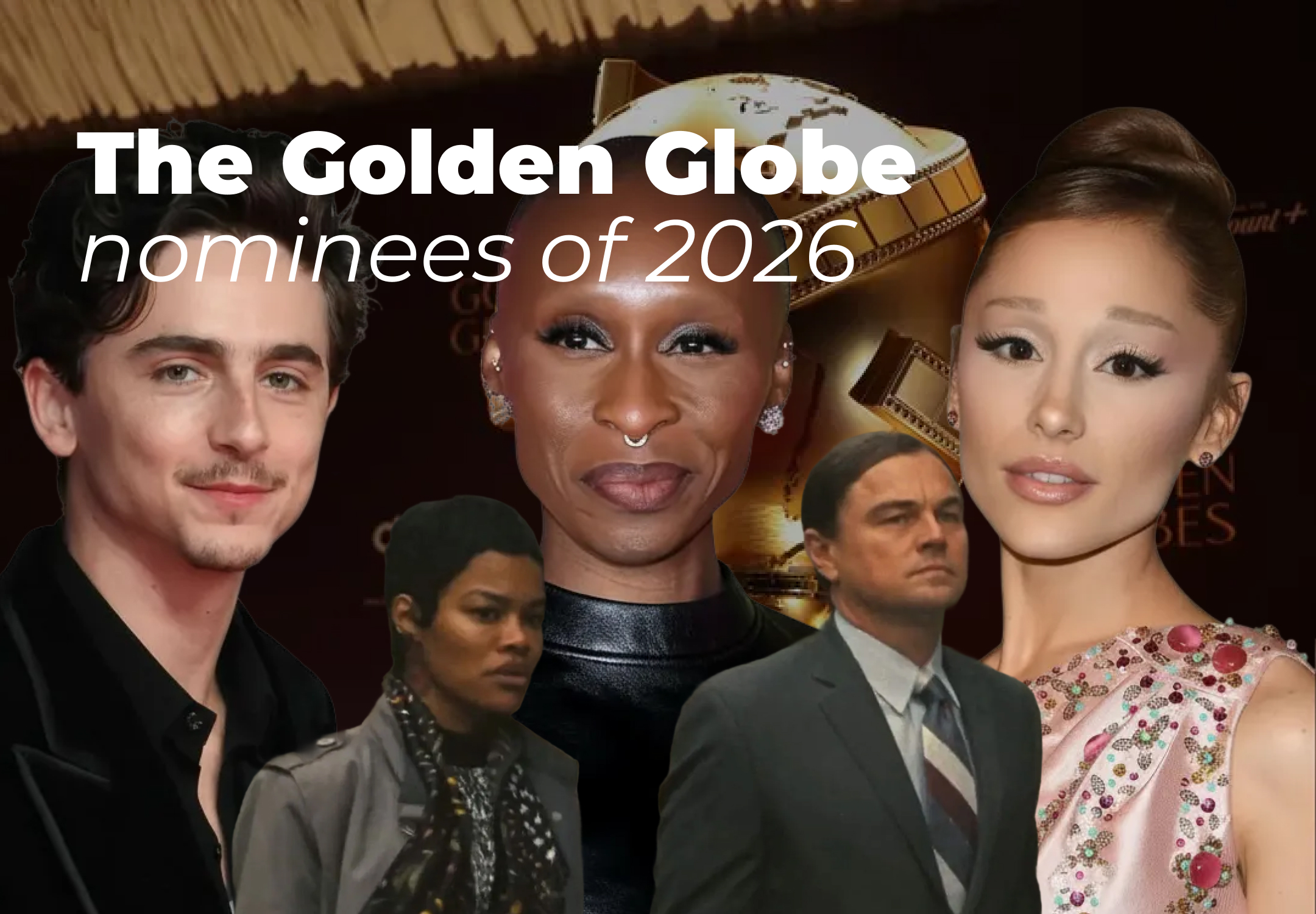
Golden Globes 2026: One battle after another dominates amid social media snubs
December 9, 2025
Paul Thomas Anderson's One battle after another swept the 2026 Golden Globe nominations wi...
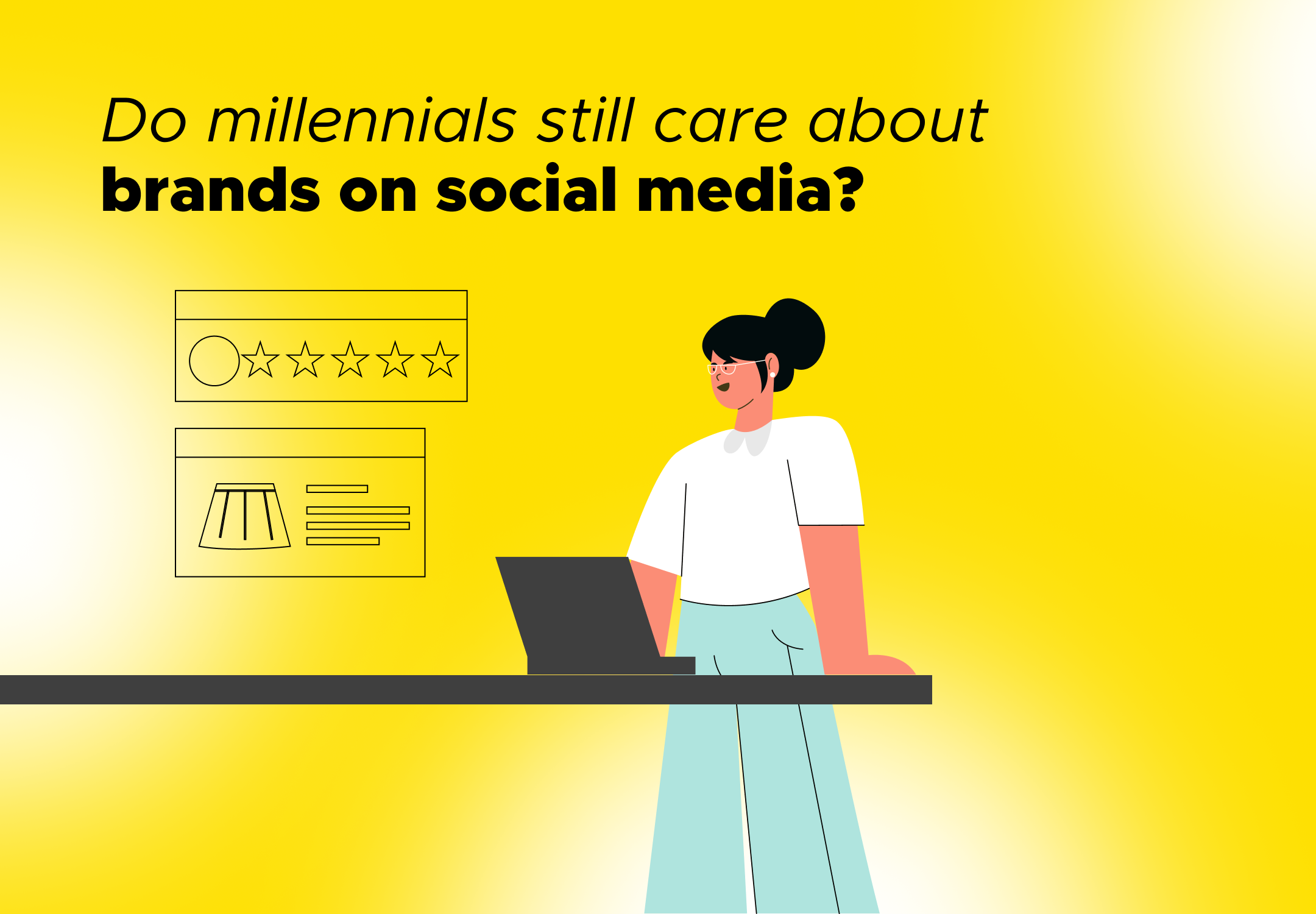
Social engagement in 2025, top platforms & the brands millennials still love
December 4, 2025
Think millennials checked out of social media? Think again. In 2025, they were more engage...


